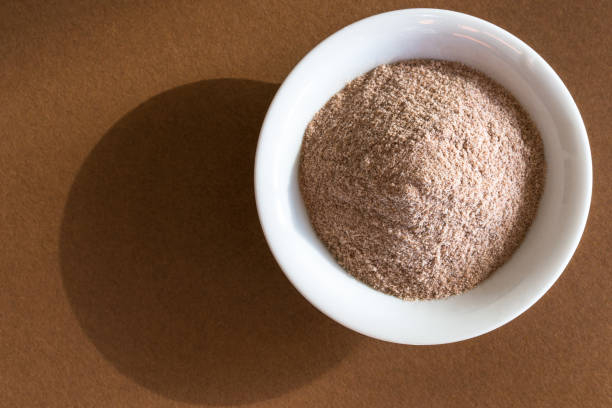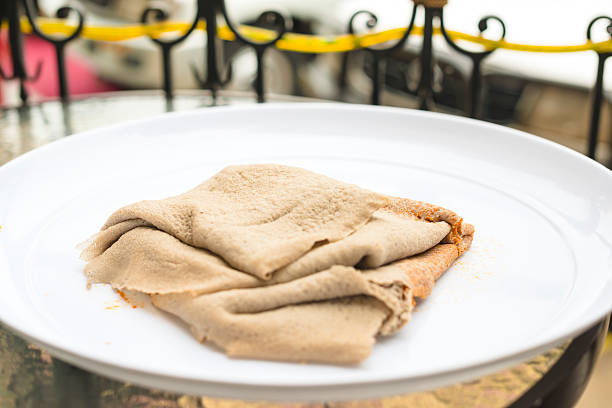Lower glycemic index than wheat products
The glycemic index (GI) of food reveals how much it elevates blood sugar. Foods with a pH above 70 are considered high, which means they elevate blood sugar faster, while those with a pH below 55 are considered low. Anything in the middle is considered moderate. A low GI diet can help patients with diabetes regulate their blood sugar levels. Whole, cooked teff has a moderate GI of 57, which is lower than that of many bowls of cereal. This lower GI is most likely owing to the fact that it is consumed as whole grain. As a result, it has more fiber, which can help avoid blood sugar rises.
However, the GI varies depending on how it is cooked. Traditional injera, for example, has a GI of 79-99, while teff porridge has a GI of 94-137, making both high GI meals. This is because water gelatinizes the starch, making it easier to absorb and digest. Teff flour bread, on the other hand, has a GI of 74, which, although still high, is lower than wheat, quinoa, or buckwheat bread and similar to oat or sorghum bread. Although teff has a lower GI than other grain products, it nonetheless has a moderate to high GI. Anyone with diabetes should still watch their meal sizes and keep carbohydrate content in mind.












